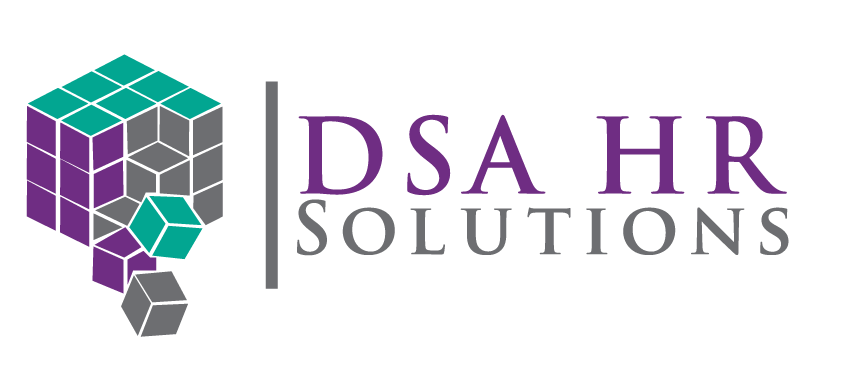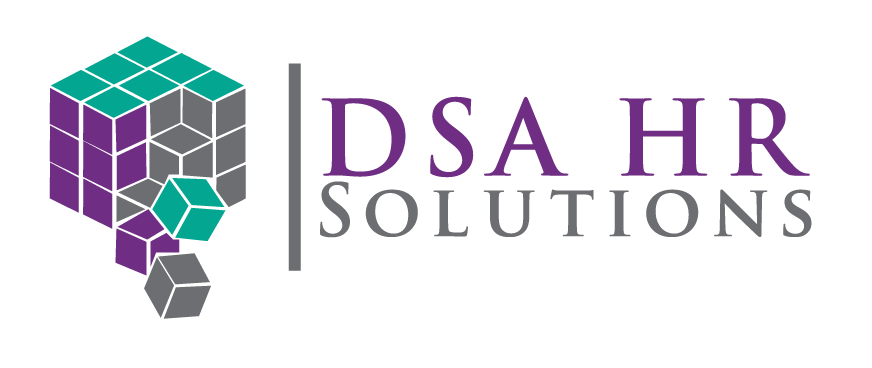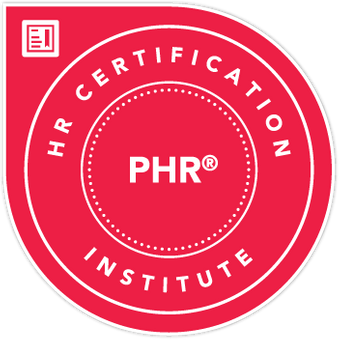Everything You Need To Know About Recruitment and Hiring
Difference Between Recruitment and Selection
The terms recruitment and selection are frequently confused and used interchangeably, but they are distinct concepts with different processes and steps involved. While both are interdependent, it is essential to understand the nuances between the two to ensure a successful and efficient hiring process.
Recruitment
Recruitment is all about finding and attracting people who might be a good fit for a job opening in your organization.
To do this, you'll go through a few steps, like figuring out exactly what the job entails, letting people know that you're hiring, looking through resumes, and doing some initial screening to see who might be a good match. The whole point of recruitment is to have a pool of strong candidates to choose from so you can pick the best person for the job.
It's a crucial part of the HR department's responsibilities because it sets the stage for a successful hiring process.
Types of Recruitment
Let’s explore the two main types of recruitment that usually involve an organization.
Internal Recruitment
Internal recruitment refers to filling a job vacancy within an organization by promoting or transferring current employees.
This approach allows existing employees to grow and advance within the company, and it helps to maintain a positive work environment by promoting employee satisfaction and loyalty.
External Recruitment
External recruitment involves searching job boards or other resources for
new talent outside the company. This can bring in fresh perspectives and new ideas and can help diversify the workforce. It's often used when the company needs specialized skills that aren't available to the current employees or when there are no suitable internal candidates for the job.
Selection
Selection is part of the hiring process where you evaluate the top candidates and pick the one who's the best fit for the job and the organization. This involves several steps, like conducting interviews, testing skills, checking references, and making background checks.
The overall goal of selection is to find the person with the right skills, qualifications, and personality to succeed in the role and fit in with the company culture. Choosing the best candidate increases the chances of success for both the employee and the organization.
It's worth mentioning that the selection process goes both ways. Candidates also use this time to get to know the company and decide if it's the right fit for their career goals and values. That's why ensuring the selection process is fair, unbiased, and based solely on merit is crucial.
Significance of Recruitment and Selection Process for a Business
High-level employees are the most valued asset for any rational business owner and leader. Therefore, the importance of a thorough, structured, and effective recruitment and selection process becomes evident.
Let’s look at the reasons why:
Attract and Onboard Quality Workforce
The absence of an organized hiring and selection process will lead to the hiring of an incompetent employee base. Only a stringent hiring and selection process can ensure that the right high-level candidates for the right jobs are onboarded.
Promote Employee Value Proposition
A well-put-hiring and selection strategy supports the Employee Value Proposition and promotes employer branding. It projects a positive image of the organization and helps it become the employer of choice.
Values and Goals Alignment
Employees that come through a structured hiring and selection process share company values and support its goals. It increases employee engagement and enables them to seek meaning and purpose in their work.
Recruitment and Selection Process
Let’s explore the steps involved in a typical recruitment and selection process:
1. Analyze the Position Requirements
The first step in the recruitment and selection process is to analyze the open position's requirements. Recruiters and hiring managers should be on the same page before kicking off the recruitment drive.
Agree on the minimum eligibility criteria in terms of education, years of experience, soft and technical skill sets, and competence level.
2. Source Candidates
Sourcing refers to attracting potential and interested candidates for the opening. There are several methods including:
- Print ads
- Online job postings/portals
- Social media
- Employee referrals
- Internal sourcing
In addition to job ads, recruiters also reach out to potential candidates via social media platforms such as LinkedIn. Candidates send in their applications, CVs, cover letter, and any support documents for further consideration.
3. Screen Applications
This is where you start to sift through the applicants and see who meets the basic requirements for the job. This process is basically filtering out the people who don't have what it takes to do the job.
Next, call the top candidates to get to know them better. This is a chance to chat about their education, work experience, and what they hope to do in the future. You can also ask some behavioral questions to get a sense of the person's personality and attitude.
It's important to keep track of who you're talking to and what you learned about them. You'll want to rank the candidates based on their responses so you know who's in the running for the job.
4. Shortlist Candidates
Based on your screening rankings, shortlist candidates to call for an interview. Further, narrow down the applications to choose only the most eligible ones.
Shortlisting is a challenging and time-consuming process and requires the right skills of the recruiter. Choose candidates based on their qualifications and eligibility, keeping aside any personal biases.
Some companies conduct online assessments to check personality and cognitive abilities for example, verbal, numeric, and logical reasoning. Moreover, tests to check candidates’ technical knowledge are conducted as a shortlisting criterion.
5. Interview Candidates
Invite the shortlisted candidates for an in-person or a virtual interview. The HR department is responsible for conducting effective and timely interviews. Employ interview assessment criteria to ensure transparency of the interview process.
The interview panel usually consists of an HR representative and the hiring manager. Interviews help identify and assess a candidate’s confidence, personality traits, body language, non-verbal cues, and technical knowledge.
Ask relevant questions about job requirements, similar experience, and future aspirations. Check for the candidate’s alignment with company culture and values through behavioral questions.
6. Conduct Assessments and Tests
The successful candidates are then subject to qualifying several pre-employment checks. Pre-employment medical examination, reference check, and previous employer verification are a few examples.
7. Extend Job Offer
Finally, the job offer is extended to the qualifying candidates after a thorough recruitment and selection process. The HR department gives a formal offer letter to the selected candidates. The offer contains necessary information about the position, compensation, benefits, working hours, leaves, and the joining date. Acceptance of a job offer letter is essential for employment.
Consequences of an Ineffective Recruitment and Selection Strategy
An effective recruitment and selection process aligns with the company’s long-term goals and reflects its core values. An inefficient strategy will lead to the following:
Turnover
A weak hiring process leads to onboarding an incompetent workforce prone to leave the organization. A recruitment and selection process with several loopholes results in high employee turnover.
Increased Workload
The existing employees will consequently take on the extra burden. It will increase the workload and lead to burnout, work-related stress, and fatigue.
Hurts Employee Engagement
Bad hiring decisions hurt the morale of deserving and high-performing employees. It decreases employee engagement and promotes a negative image of HR, hiring managers, and the company as a whole.
Wastes Precious Time
Frequent turnovers waste a lot of time spent sourcing and hiring candidates. The positions are left open, and the entire process is repeated to fill in.
Final Thoughts
The recruitment and selection process is the cornerstone of an effective HR function. A good hire benefits the entire organization, and a bad one hurts all. Therefore, it is vital to establish a thorough, structured, and unbiased recruitment and selection process.
At
DSA HR Solutions, we can act as your recruitment agency. We are passionate about helping companies like yours find the top talent they need to succeed.
With years of experience in human resource management, we understand what it takes to attract and retain the best and brightest in the field. Our team of experts will work closely with you to understand your unique needs and ensure that every aspect of the recruitment process is handled with the utmost care and attention to detail. From job analysis and advertising to candidate screening and final selection, we've got you covered.






